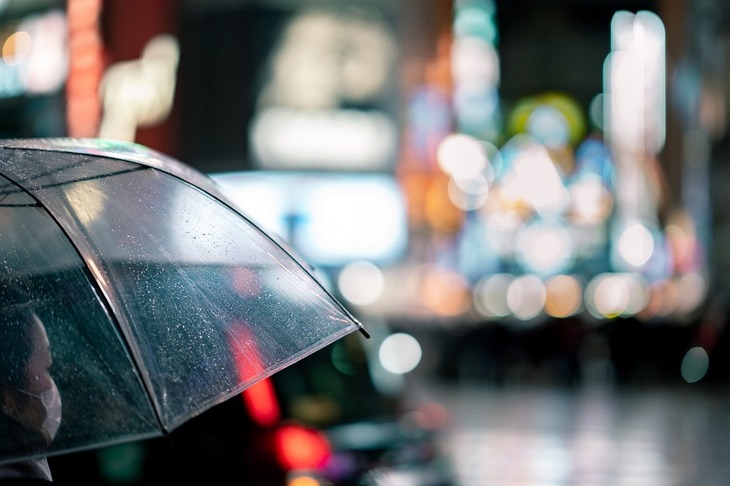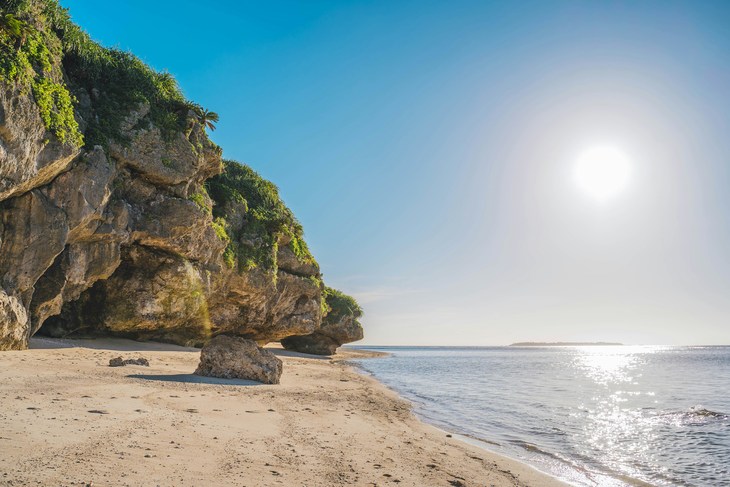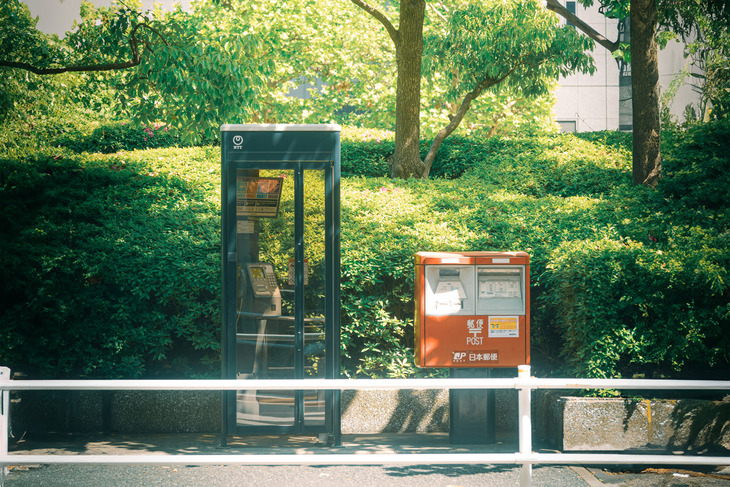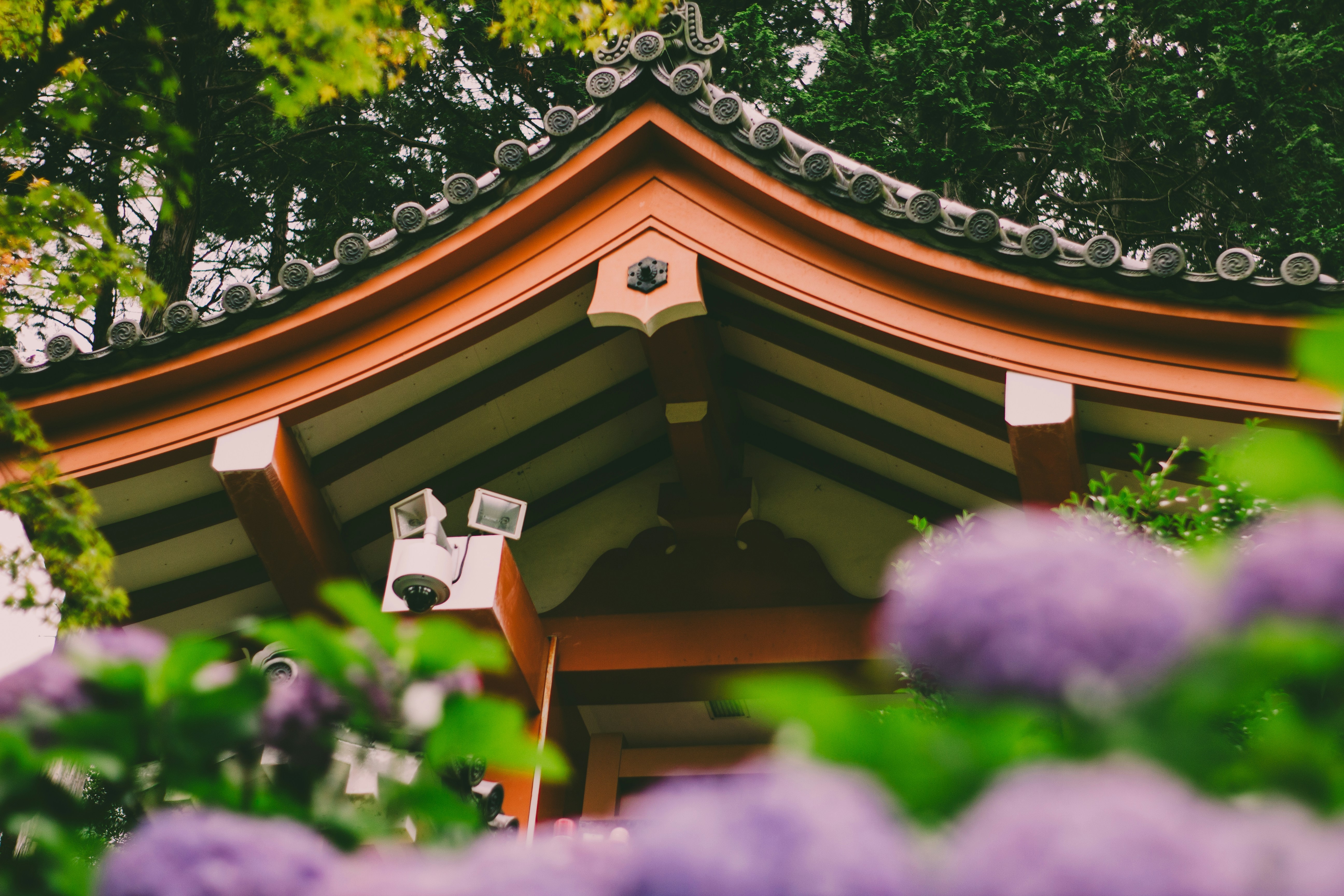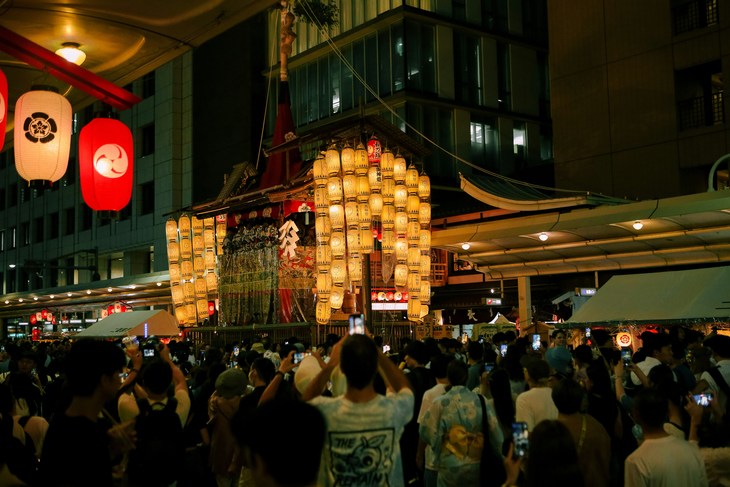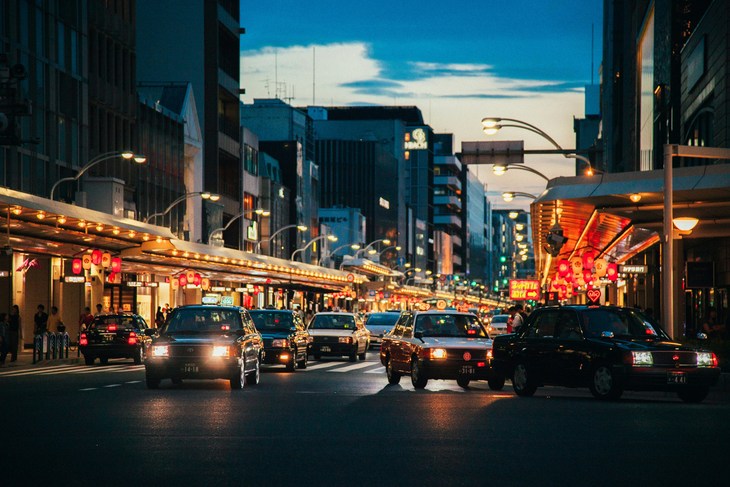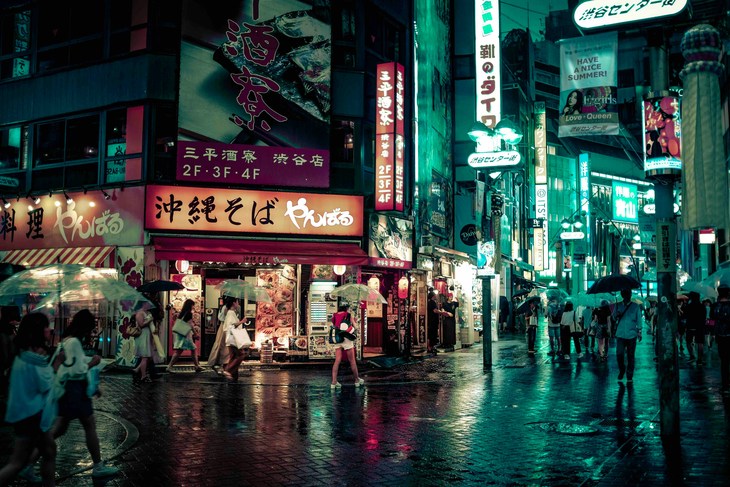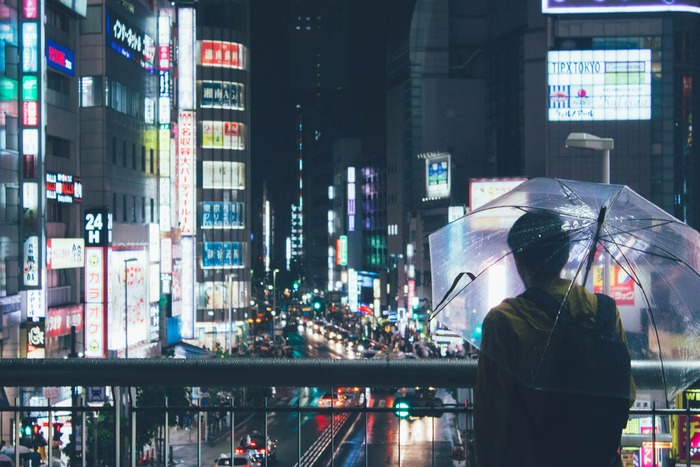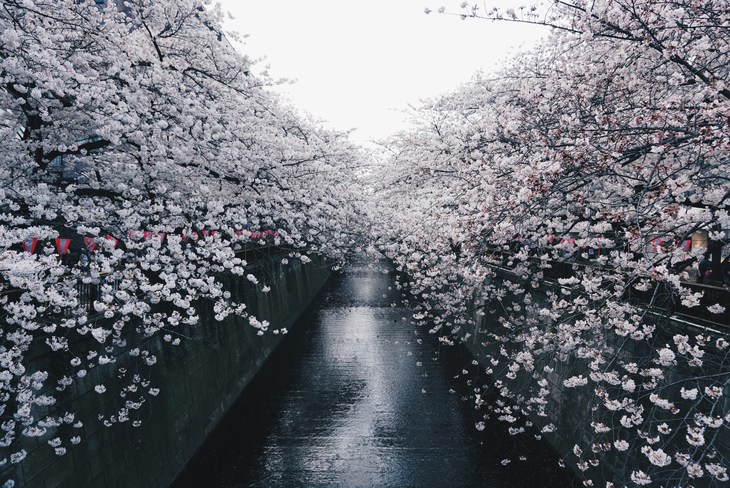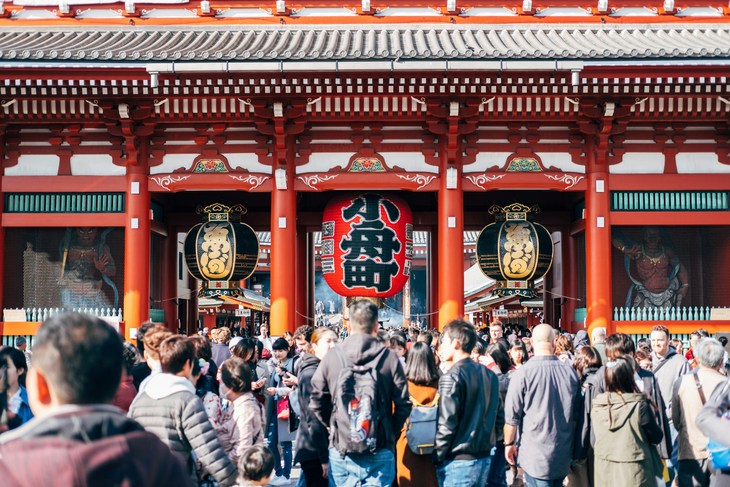How to Prepare for Natural Disasters in Japan
Japan is, compared to many countries in the world, a country that is exceptionally safe when it comes to crime. It is also an island nation in the Pacific Ocean located right on the Ring of Fire, meaning that every year Japan is battered by typhoons, earthquakes, landslides caused by heavy rains, floods, and heatstroke-inducing heatwaves. Every year, people die in Japan due to one natural disaster or another.
If you've never lived in or visited a country prone to natural disasters or have never experienced one, it can be a terrifying and disorienting experience. That's why preparing beforehand and knowing what you should do or where you should go in the event of a natural disaster before disaster strikes is so important.
There are many resources available in Japan to help you be prepared in the event of a natural disaster. So let's look at ways that you can prepare so that in the unfortunate event that you're caught in a disaster, you will know what you need to do to be safe.
How to Prepare for a Natural Disaster
While you may have some warning in the case of typhoons or flooding, when an earthquake hits you probably won't have any warning beyond an emergency alert on your phone a few seconds before the shaking starts.
Having the knowledge you need about what to do in the case of an emergency and doing some preparation in advance can be the difference between life and death in these situations, so let's look at a few ways you can prepare.
・Check Your Local Hazard & Emergency Shelter Maps
Hazard maps are available for cities all over Japan and can even be checked online. The maps highlight areas that are more prone to or vulnerable to natural disasters, including floods, landslides, earthquakes, tsunamis, and even volcanic activity depending on the area. If you are in an area more susceptible to disasters, you need to know that. If you live in Japan, often your real estate agent or local city will give you a map with this information. At train stations and other locations all over Japan, you can find maps showing you the nearest emergency shelters (often schools or community centers, and specify which shelter you should go to depending on the emergency.
To check the local hazard map for your area, you can check out the website here (Japanese only).
・Know What Natural Disasters are more Common in your Area
Different regions of Japan are prone to different kinds of natural disasters. Knowing which disasters are more likely to occur where you are can help you stay better prepared.
Since Hokkaido is up north, it is more prone to severe winter storms and heavy snowfall. The Tohoku region is vulnerable to tsunamis, like the one caused by the 2011 earthquake, and also gets hit by heavy snowfall in winter. Kanto, where Tokyo is located, is at a higher risk of being hit by earthquakes. The Chubu region, which includes Nagoya, is more exposed to typhoons, heavy rain, and landslides. Chugoku, the westernmost part of the main island of Honshu, is prone to heavy rain and flooding, especially in areas close to the Seto Inland Sea. Kyushu is often hit by strong typhoons, and areas around Mt. Aso also have to deal with volcanic activity. Finally, Okinawa is regularly hit by strong typhoons and tropical storms.
・Prepare an Emergency Kit
If you live in Japan, you should absolutely keep an emergency kit in your home. Bottled water (ideally several 1L bottles), non-perishable food, some spare cash, a first-aid kit, a flashlight, a whistle, extra clothes and shoes, and multi-tools like a Swiss army knife are all good ideas of things to keep in your kit at home. Consider having spare batteries and mobile batteries fully charged and ready to keep your cell phone alive, since your phone may be your only lifeline to get help depending on the emergency.
In Japan it is possible to buy pre-assembled emergency kits online on Amazon and other shopping sites, so if you don't have the time to gather some of these items yourself that is another option as well.
・Fill Your Bathtub with Water!
This is a useful tip if it looks like a dangerous typhoon or storm may be rolling through your area. In these situations, it's possible that you'll lose power in your home or lose access to running water. If you know a typhoon is coming, fill up your bathtub completely with water that you can use in case of an emergency, be it for washing, flushing the toilet, or whatever else. And while it is better to already have bottles of water ready in your emergency kit, if you are desperate Japanese tap water is safe to drink.
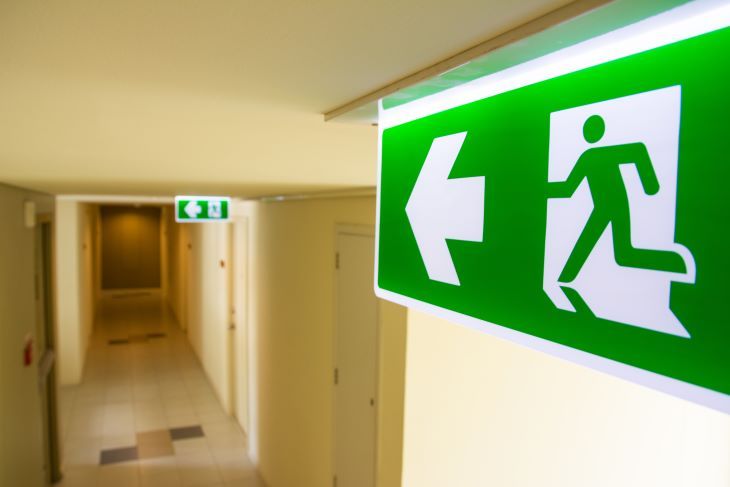
Useful Resources in Case of an Emergency
You've armed yourself with knowledge of what to do if there is a natural disaster and know where to go if you need to evacuate and have an emergency kit fully stocked and ready in your home. But if a serious storm, flooding, or typhoon warning is issued in your area, or if there is an earthquake, what should you do?
There are many websites in Japan that provide detailed up-to-date information you need to know if you're worried about a natural disaster hitting or one has already hit. Here are some useful ones to check frequently in these situations so that you can be fully informed on what the current situation is and what you should do.
・Disaster Prevention Portal
The Ministry of Land, Infrastructure, Transport, and Tourism has created a detailed Disaster Prevention Portal filled with information useful for both preparing for natural disasters and for if there is a disaster. It is available in multiple languages and provides links to all kinds of websites, official Twitter accounts, and more based on your location. You can even filter what kind of results you want to see based on the kind of disaster. If you're not sure what specifically to search for or can't find the information you're looking for, this is a great place to start.
Check out the Disaster Prevention Portal by clicking here.
・Japan Meteorological Agency
The Japan Meteorological Agency, which is in charge of monitoring all natural phenomena in Japan (such as weather, typhoons, and other natural disasters) provides accurate, up-to-date information for foreigners in Japan. This information is available in multiple different languages, and there are multiple resources available on their website.
If, for example, a typhoon is coming, you can check out their typhoon maps to see whether the typhoon will hit your area and prepare accordingly. If there are heavy rains and flood or landslide warnings are being issued, you can check their risk maps to see if where you are is in a danger zone. This information can be critical in case of an emergency, so be sure to check this site.
Check out the Japan Meteorological Agency website here.
To see the Japan Meteorological Agency's Risk Maps, click here.
・Tokyo Intercultural Portal Site: Natural Disasters
This website features a wealth of easy-to-understand information about natural disasters and what to do in the case of natural disasters. There are disaster-awareness videos you can watch, information about how to prepare for typhoons or heavy rainfall, information about evacuation centers, and more. It's a great resource not only for people living in Tokyo but for anyone living in Japan.
This site is available in 8 languages: English, Chinese, Korean, Vietnamese, Nepalese, Portuguese, and Spanish.
Check out the portal site by clicking here.
・Disaster Preparedness Apps
There are also apps available for download to help you be prepared for natural disasters. Having these apps on your phone is a good idea just in case there is a natural disaster and you need information or assistance.
NHK World-JAPAN: While not exclusively for disaster preparedness, the public broadcaster NHK's app gives you access to domestic and international news, including livestreams. News is available in multiple languages, and in the event of a major natural disaster, the NHK can be a valuable resource for obtaining up-to-date information.
Safety Tips: Developed by the Japan Tourism Agency, this app includes tons of helpful safety tips for travelers in Japan. You'll be able to find information on earthquakes, tsunamis, typhoons, volcanic eruptions, and other potential emergencies. The app also provides a communication card you can use to help you communicate with emergency responders, along with helpful links to emergency contacts and medical facilities.
・Our Article All About Typhoons
We've prepared an in-depth article about typhoons, including what to expect when one hits, resources that provide the latest updates on weather conditions and evacuation orders, how to prepare for typhoons, and how to protect your home from potential damage. Since typhoons are one of the most common natural disasters across the country, especially in the summer, it is important to know as much about them as possible.
Be Prepared!
As the world's climate keeps changing, stronger typhoons, heavier rainfalls, and hotter heat waves keep hitting Japan every year. On top of all that, you'll often hear people say that Japan is due for its next big earthquake any day now.
But that doesn't mean you should spend your time in Japan in constant fear of the next natural disaster! By keeping yourself informed, knowing what to do if there is a disaster, and preparing in advance, you will be ready in the unfortunate event that you find yourself in an emergency. So enjoy your time in Japan, but be smart and be prepared!












